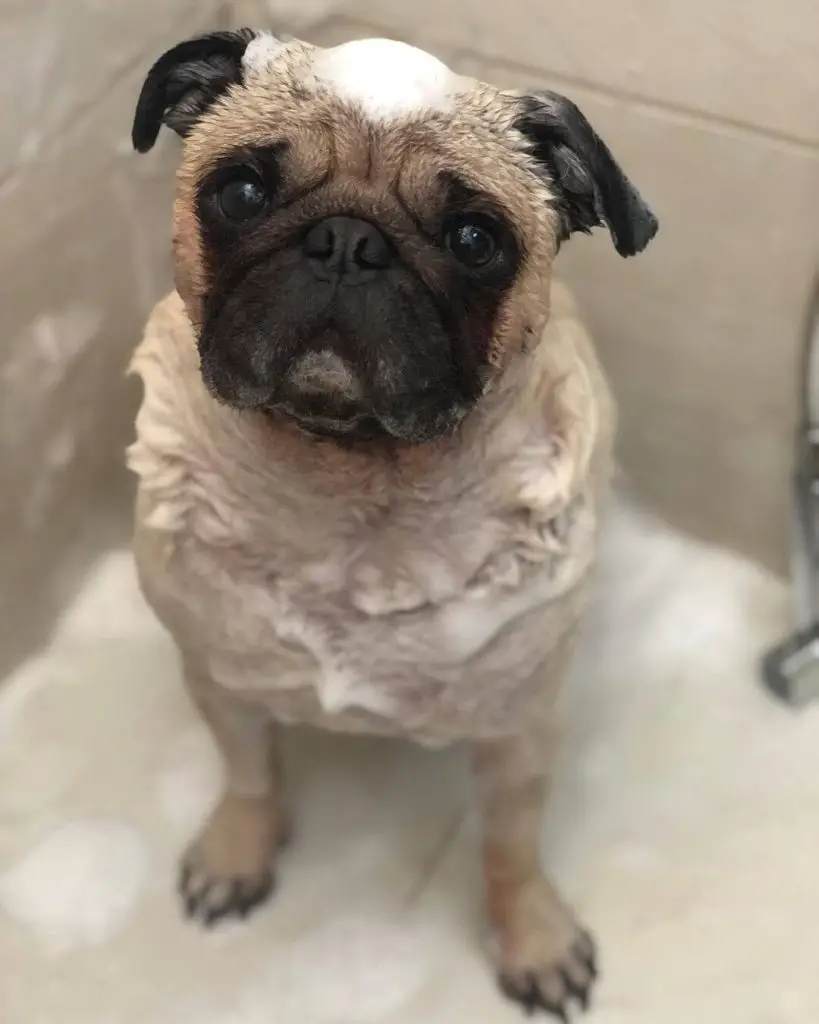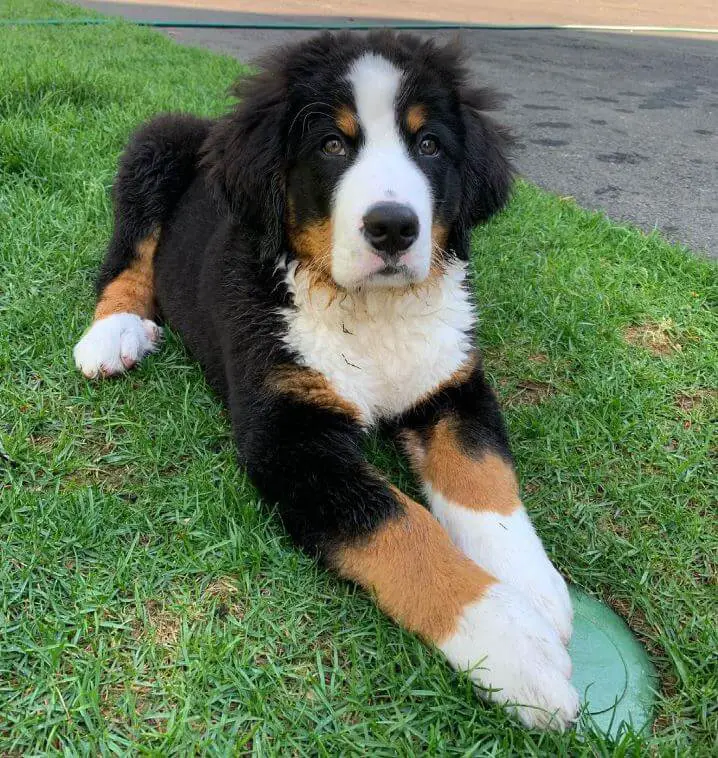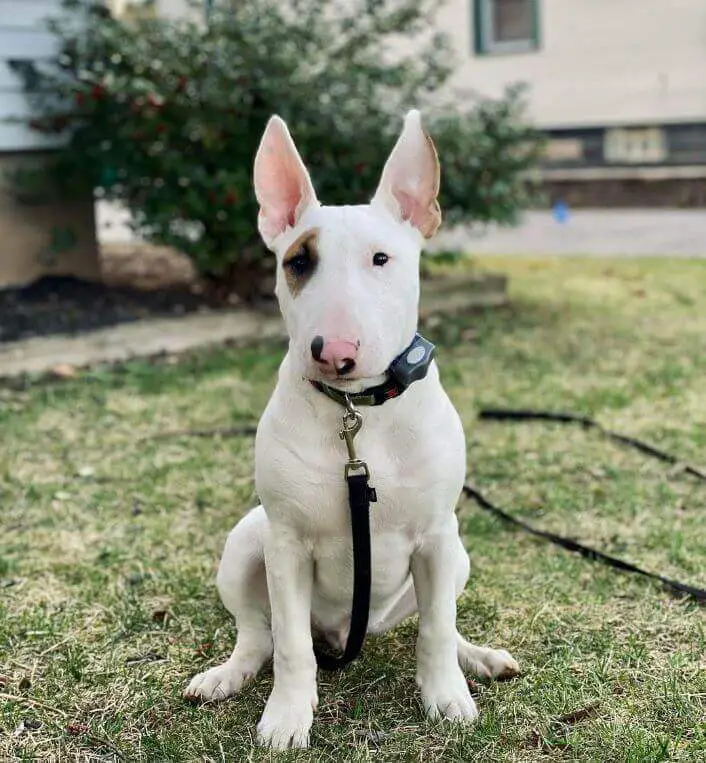Bathing is an essential part of dog grooming, but many pet owners may wonder how often their furry friends need a bath. While regular bathing is important for maintaining your dog’s skin and coat health, over-bathing can also strip their skin of natural oils and cause dryness or irritation. So, how often should you bathe your dog? In this article, we will explore the factors that determine the ideal bathing frequency for dogs, along with some general guidelines to help you make the best decision for your canine companion’s grooming routine.

Factors that Determine How Often to Bathe Your Dog:
1 – Breed: Different dog breeds have different coat types and require varying levels of grooming. Breeds with long, thick coats, such as the Golden Retriever or Siberian Husky, may require more frequent bathing to prevent matting and tangling. On the other hand, breeds with short, smooth coats, like the Beagle or Boxer, may need less frequent baths.
2 – Coat Condition: If your dog’s coat is dirty, greasy, or has a strong odor, it may be time for a bath. Dogs that spend a lot of time outdoors or engage in activities that cause them to get dirty, such as hiking or swimming, may need more frequent baths.
3 – Skin Conditions: Dogs with certain skin conditions, such as allergies or dermatitis, may require specialized shampoos or medicated baths as recommended by their veterinarian. In such cases, the bathing frequency may vary depending on the severity of the condition and the prescribed treatment plan.
4 – Lifestyle and Activity Level: Dogs that are more active and spend a lot of time outdoors may require more frequent baths to remove dirt, debris, and odors from their coats. Conversely, dogs that are mostly indoor pets and have limited exposure to outdoor elements may need less frequent baths.
5 – Personal Preferences: Some pet owners simply prefer to bathe their dogs more frequently for personal reasons, such as to keep their dogs smelling fresh or to enjoy the bonding experience with their pets. While personal preferences are important, it’s crucial to ensure that the bathing frequency aligns with your dog’s specific needs.

General Guidelines for Dog Bathing Frequency:
Based on the factors discussed above, there are some general guidelines for dog bathing frequency that can serve as a starting point:
- Most dogs can be bathed every 4-6 weeks, on average.
- Dogs with long, thick coats may require more frequent baths, ranging from every 2-4 weeks.
- Dogs with short, smooth coats may need baths less frequently, around every 6-8 weeks.
- Dogs with certain skin conditions or allergies may require more frequent baths as prescribed by their veterinarian.
- Dogs that are primarily indoor pets and have limited exposure to outdoor elements may need baths less frequently, around every 8-12 weeks.

Tips for Proper Dog Bathing:
1 – Use lukewarm water: Avoid using hot water, as it can be uncomfortable for your dog and may cause skin irritation. Lukewarm water is best for bathing your dog.
2 – Use dog-specific shampoo: Human shampoos can be too harsh for a dog’s skin and coat, so always use a shampoo formulated specifically for dogs. Follow the manufacturer’s instructions for dilution and application.
3 – Use gentle techniques: Be gentle when lathering and rinsing your dog’s coat to avoid causing stress or discomfort. Use a soft brush or your hands to distribute the shampoo evenly.
4 – Be mindful of the ears and eyes: Take care to avoid getting water or shampoo in your dog’s ears and eyes, as this can cause discomfort or irritation. Use cotton balls or a washcloth to protect these sensitive areas.
5 – Dry your dog thoroughly: After bathing, make sure to dry your dog’s coat thoroughly to prevent matting and skin irritation. Use a clean towel or a pet-specific dryer on a low setting. Avoid using high heat, as it can damage your dog’s skin and coat.
6 – Brush your dog’s coat: Once your dog’s coat is dry, brush it thoroughly to remove any tangles or mats. Regular brushing can also help distribute natural oils and keep your dog’s coat healthy and shiny.
7 – Trim your dog’s nails: While giving your dog a bath, it’s a good time to trim their nails. Use pet-specific nail clippers and be careful not to cut too close to the quick, which is the blood vessel inside the nail.
8 – Pay attention to your dog’s reactions: During the bath, observe your dog’s behavior and reactions. If they seem stressed, uncomfortable, or show signs of skin irritation, adjust your bathing frequency or consult with your veterinarian for further guidance.

In conclusion, the ideal bathing frequency for your dog depends on various factors such as breed, coat condition, skin conditions, lifestyle, and personal preferences. It’s important to find the right balance between maintaining your dog’s cleanliness and preserving their skin and coat health. Following the general guidelines and proper bathing techniques, along with paying attention to your dog’s reactions, can help ensure a positive and healthy bathing experience for your furry friend. If you have any concerns or questions about how often to bathe your dog, it’s always best to consult with your veterinarian for personalized advice. With proper care and attention, your dog can enjoy a clean and healthy coat that enhances their overall well-being.
